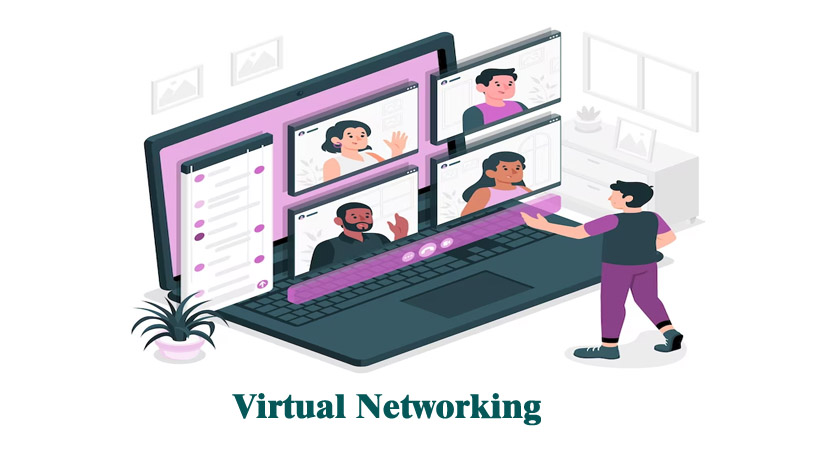Virtual Networking will help enable communication between multiple computers, virtual servers, virtual machines, or other devices across data centers and company locations. Unlike physical Networking, which will connect computers through cabling and other hardware devices, virtual Networking will extend these capabilities with the help of various software management to connect different computers and servers.
It will use the virtualized versions of traditional network tools, such as network adapters and switches, to help in more effective routing and easy network configuration changes. It helps devices to work across various locations with the same proficiencies as a traditional physical network. This will also help the data centers to work across various locations and provide network administrators with more efficient options.
Benefits of Virtual Networking
Virtual Networking will have various benefits for businesses, from low maintenance costs to easy network segmentation. Let us look at more of them. This allows software-defined Networking to offer many benefits that will contribute to increased flexibility, scalability, and effectiveness in IT infrastructure:
- It has lower costs of maintaining the network when compared to hardware and software through centralized control.
- Virtual networks are more adaptable to changes, making modifying network configurations and policies easier without significant hardware changes.
- Virtual Networking works very well when it’s in a cloud environment. This will help integrate with cloud services and allow companies to extend their network to the cloud.
- It will help configure to work on specific types of traffic that will ensure that crucial applications can receive critical performance and bandwidth.
- It facilitates the development of a secure VPN that will ensure the communication channels are working correctly for remote workers.
Conclusion
In conclusion, Virtual Networking plays a crucial role in modern IT infrastructure, and it will also provide a base for agile, cost-effective, and scalable network environments. This will also help the data centers to work across various locations and provide network administrators with more efficient options.

